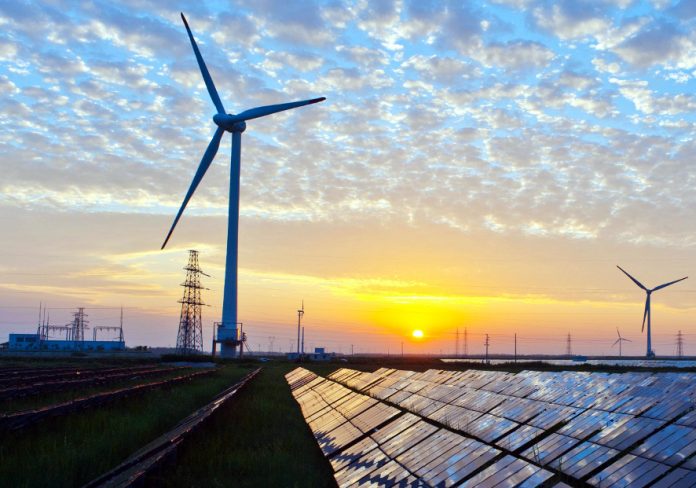The National Solar Energy Federation of India (NSEFI) feels that a 12-month blanket extension for the interstate transmission (ISTS) waiver would be necessary to allow the renewable energy industry enough time to recuperate from the adverse effects of the current Covid-19 crisis.
The response came after power minister R.K. Singh announced recently that the government might consider extending the ISTS waiver for renewable energy projects by at least six months.
Originally open until the end of March 2022, the waiver was extended by nine months in November last year so that all solar and wind projects commissioned till December 2022 will secure a 25-year exemption for the grid charges.
In its letter to the Ministry of New and Renewable Energy (MNRE), NSEFI wrote, “The Covid-19 pandemic has impacted the planning in terms of capacity addition for both wind and solar projects. The development pipeline and execution on the ground is affected and is expected to get further delayed. This delay is impacting all stakeholders—transmission system developers, renewable independent power producers and bidding entities.”
In view of the ongoing pandemic, it has asked the ministry that “the waiver of ISTS charges and losses for renewable energy projects that have been allocated as per competitive bid guidelines of Government of India and have a current sunset date of December 2022, be immediately extended by a period of 12 months to account for the disruptions on account of Covid-19 pandemic.”
The lobby group also proposed that “the ISTS charges waiver actually be linked to the bidding mechanism, i.e., for a period of 36 months from the date by which 175 GW capacity gets awarded/allocated by bid conducting agencies of State and Central government.”
The waiver of ISTS charges on solar and wind capacity is a potent tool to encourage setting up the projects in states that have greater resource potential and suitable land availability. It also helps create a pan-India renewable power market, as a generation above the state’s own requirement could be transmitted to the states with low resources and without additional financial burden.






